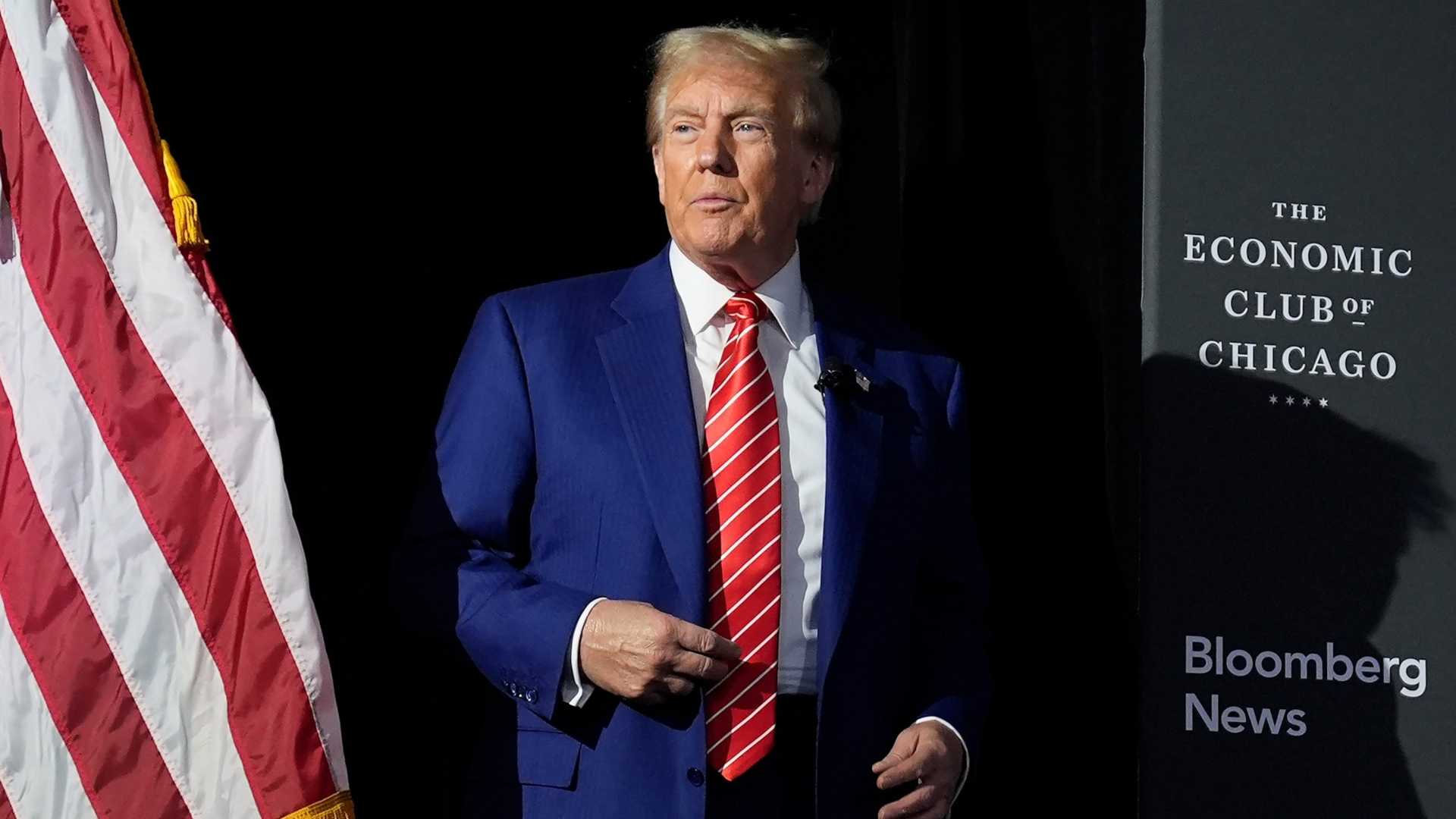News
Trump’s Tariff Plan: Potential Impact and Global Consequences

President-elect Donald Trump has reaffirmed his commitment to imposing significant new tariffs upon taking office on January 20, 2024. Trump has consistently proposed a 10% to 20% tariff on all foreign goods and a tariff of 60% or higher on products from China, which he has described as “the greatest thing ever invented”.
The implementation of these tariffs is expected to be multifaceted, with Trump likely to utilize various tools available under U.S. trade laws. He could invoke emergency powers or use provisions such as Section 232, 301, and 201, which were employed during his first administration to impose duties on imports from China, as well as on steel and aluminum from trade partners including the European Union, Mexico, and Canada. These provisions, however, require public comments and timelines, which could delay the implementation of new duties.
Another potential strategy involves linking new tariffs to ongoing or new Commerce Department and U.S. Trade Representative investigations. Additionally, Congress could play a role by repealing China’s permanent normal trade relations (PNTR) with the U.S., a move that has been proposed by Republican Senators Tom Cotton, Marco Rubio, and Josh Hawley. This repeal could reset tariffs on Chinese goods to higher levels, potentially increasing inflation, keeping interest rates higher, and affecting unemployment rates.
The impact of these tariffs is expected to be far-reaching. Industries and companies are bracing for the potential consequences, which include higher costs for consumers and possible disruptions in global supply chains. Robert Lighthizer, one of Trump’s key trade advisers, has been a strong advocate for universal tariff levels and has defended the import taxes imposed during Trump’s first term. However, many CEOs are hoping that Trump will moderate some of the more severe proposals.
Global consequences are also anticipated, as these tariffs could trigger retaliatory measures from affected countries and exacerbate existing trade tensions. The plan has raised concerns about the potential for increased prices, reduced economic growth, and broader geopolitical instability.












